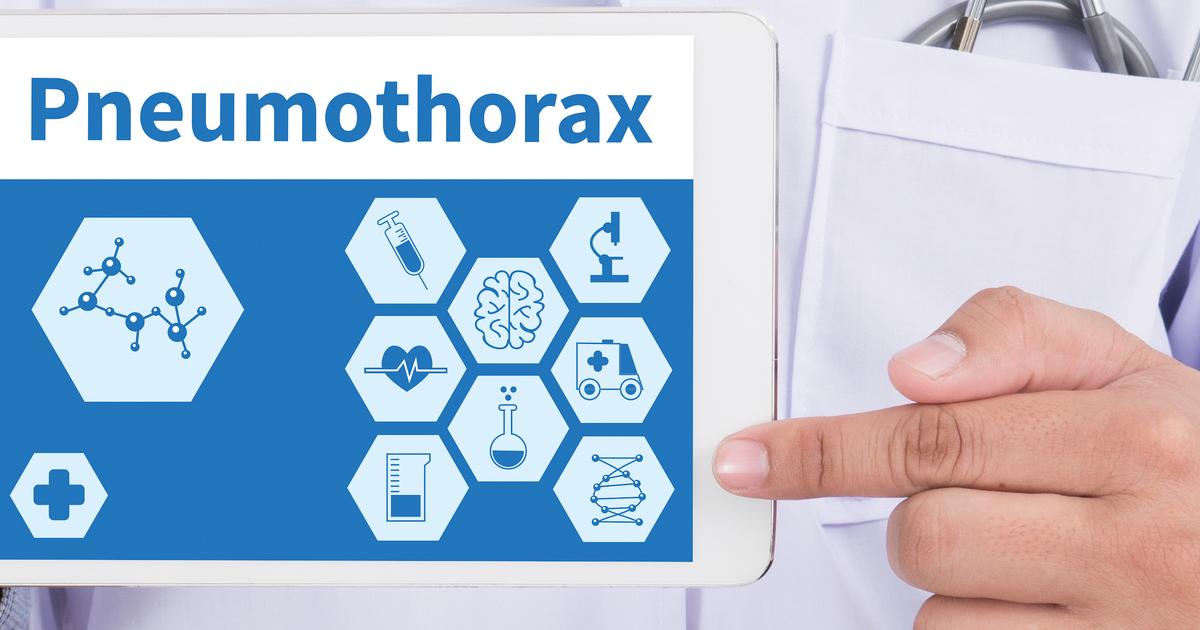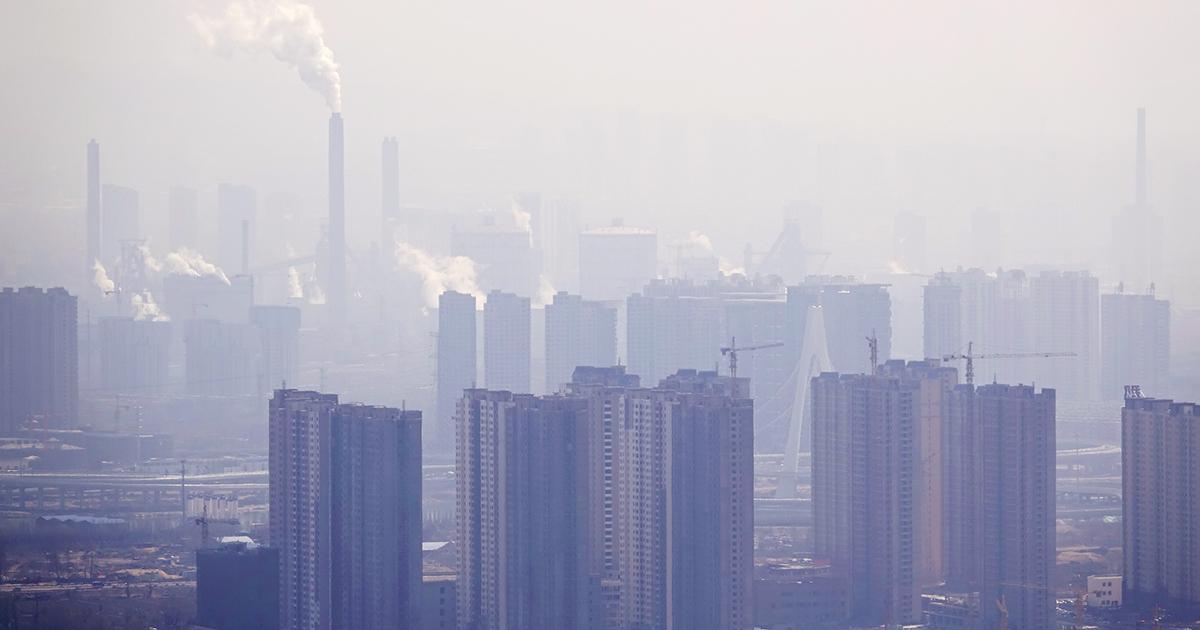What Are The Causes, Risk Factors, And Complications Of Emphysema?
Air Pollution
An individual who lives in areas with high levels of air pollution is at a higher risk for developing respiratory diseases, including emphysema. Air pollution is defined as the presence of a substance in the air with poisonous or harmful effects. Air pollutants differ from place to place and are also influenced by various seasons, weather conditions, and times. Pollutants in the air that are a result of the burning of substances such as coal, fuel, wood, and agricultural products have been known to cause lung and airway inflammation. These pollutants are considered particulate pollutants because they contain very tiny microparticles that are small enough to reach the alveoli in an individual's lungs. The toxic elements produced from burning coal and other materials include mercury, selenium, arsenic, fluorine, and sulfur oxides.
Urban cities have the highest concentration of air pollution because of the increased volume of vehicle and industrial emissions. Even air pollution from indoor activities aside from smoking tobacco can cause lung inflammation. These activities include the burning of coal or wood to cook food or to heat a residence. Burning wood or coal indoors regularly for long periods can put individuals at a higher risk of developing emphysema.
Learn about the complications of emphysema next.
Pneumothorax

Pneumothorax is the medical term used to describe a collapsed lung. This is a complication that can arise in an individual affected by emphysema. The pockets of air in the lungs that develop in emphysema patients cause further air leakage into the region that lies between the lung and chest wall. This mechanism creates a reverse pressurized effect on the lung because the air in this region causes the lung to become compressed into itself from several directions. When the lung can no longer sustain its structure under this pressure, all or part of it collapses. When an individual experiences a pneumothorax, they feel sudden and intense chest pain accompanied by shortness of breath. This type of collapse in the lung is often a life-threatening condition that requires prompt medical intervention. A collapsed lung is typically treated with the insertion of a needle into the space between the chest wall and the lung to remove the excess air, and to relieve pressure on the collapsed lung. While a pneumothorax can occur for no known reason in healthy individuals, those affected by emphysema experience collapsed lungs more frequently
Get familiar with more emphysema complications now.
